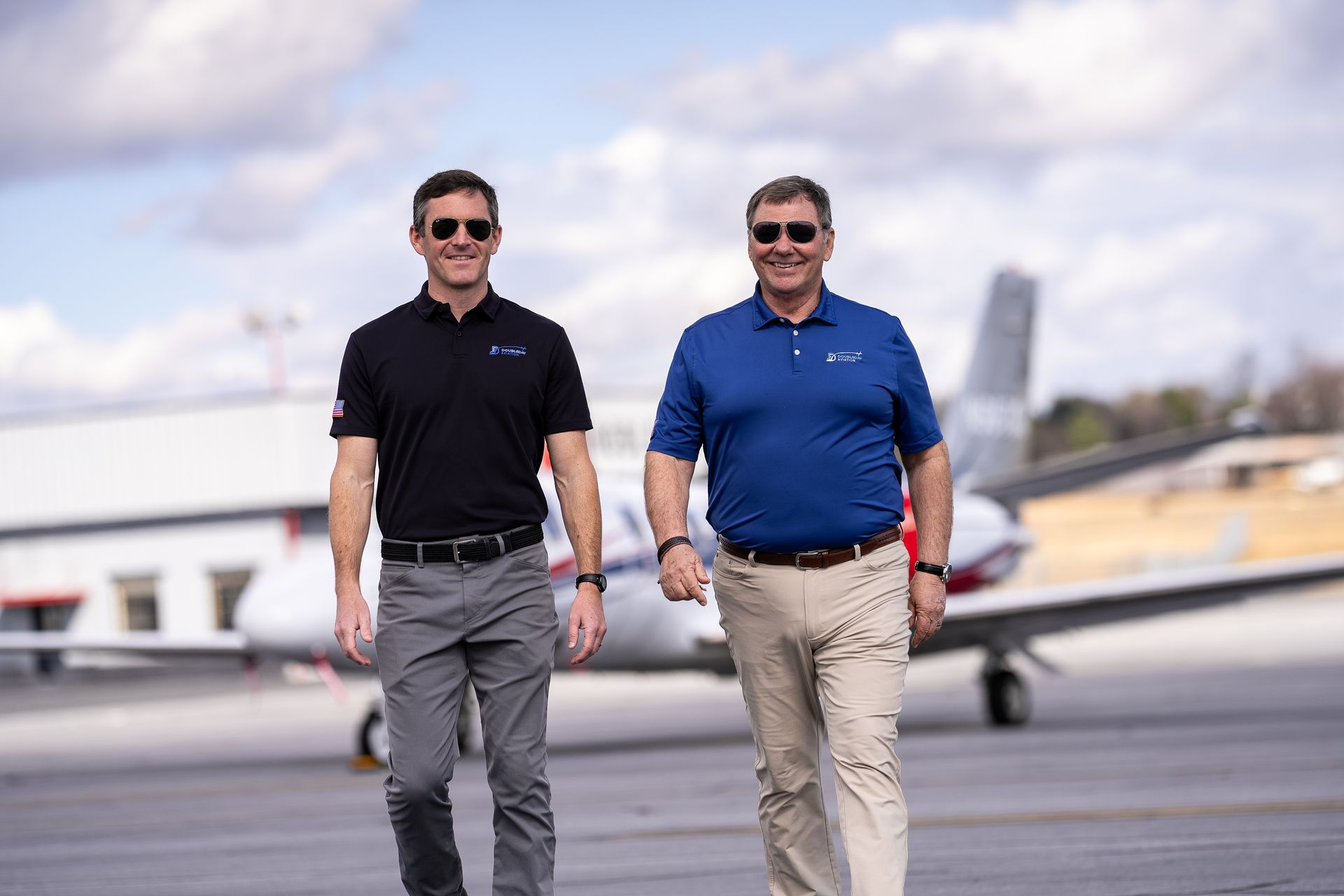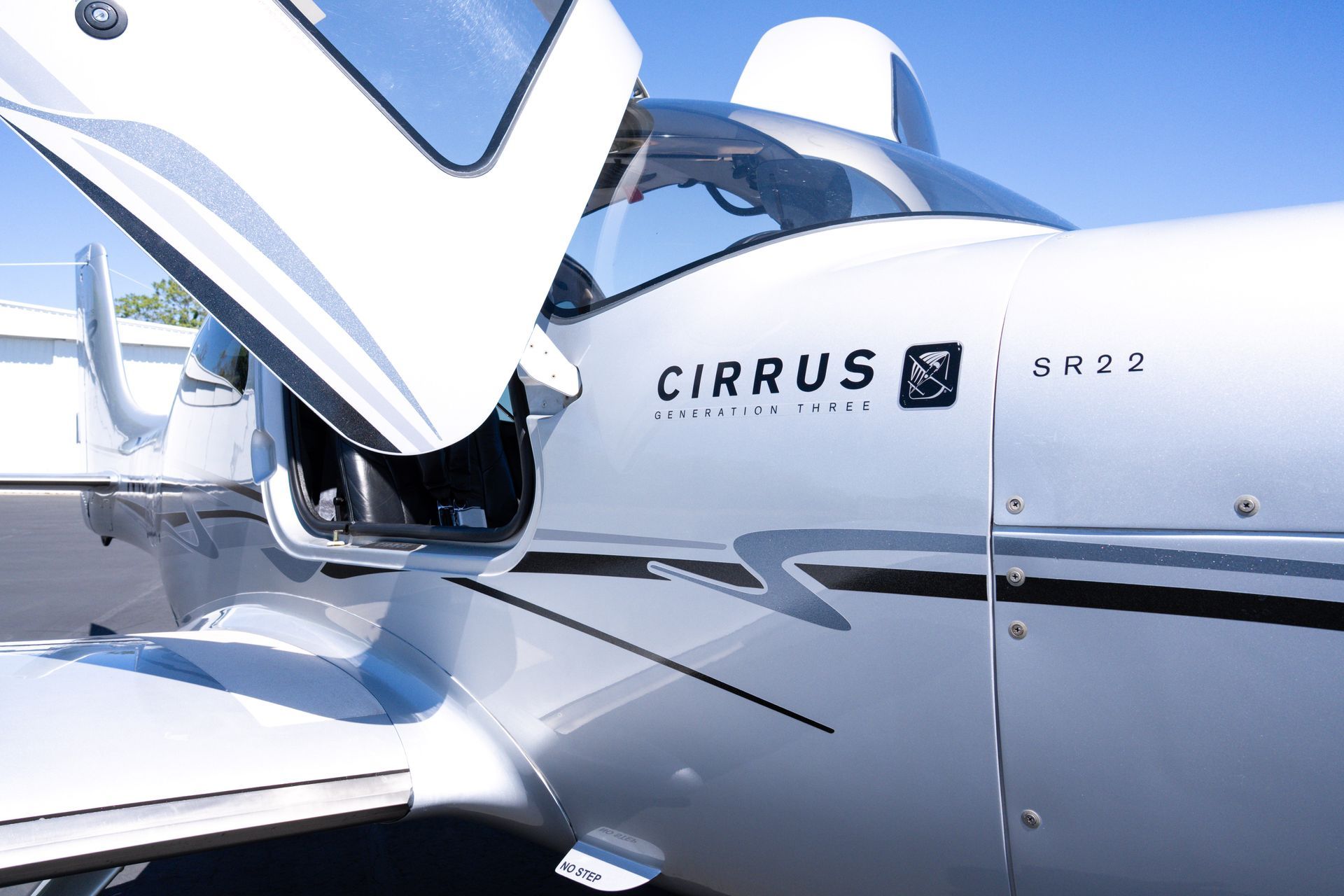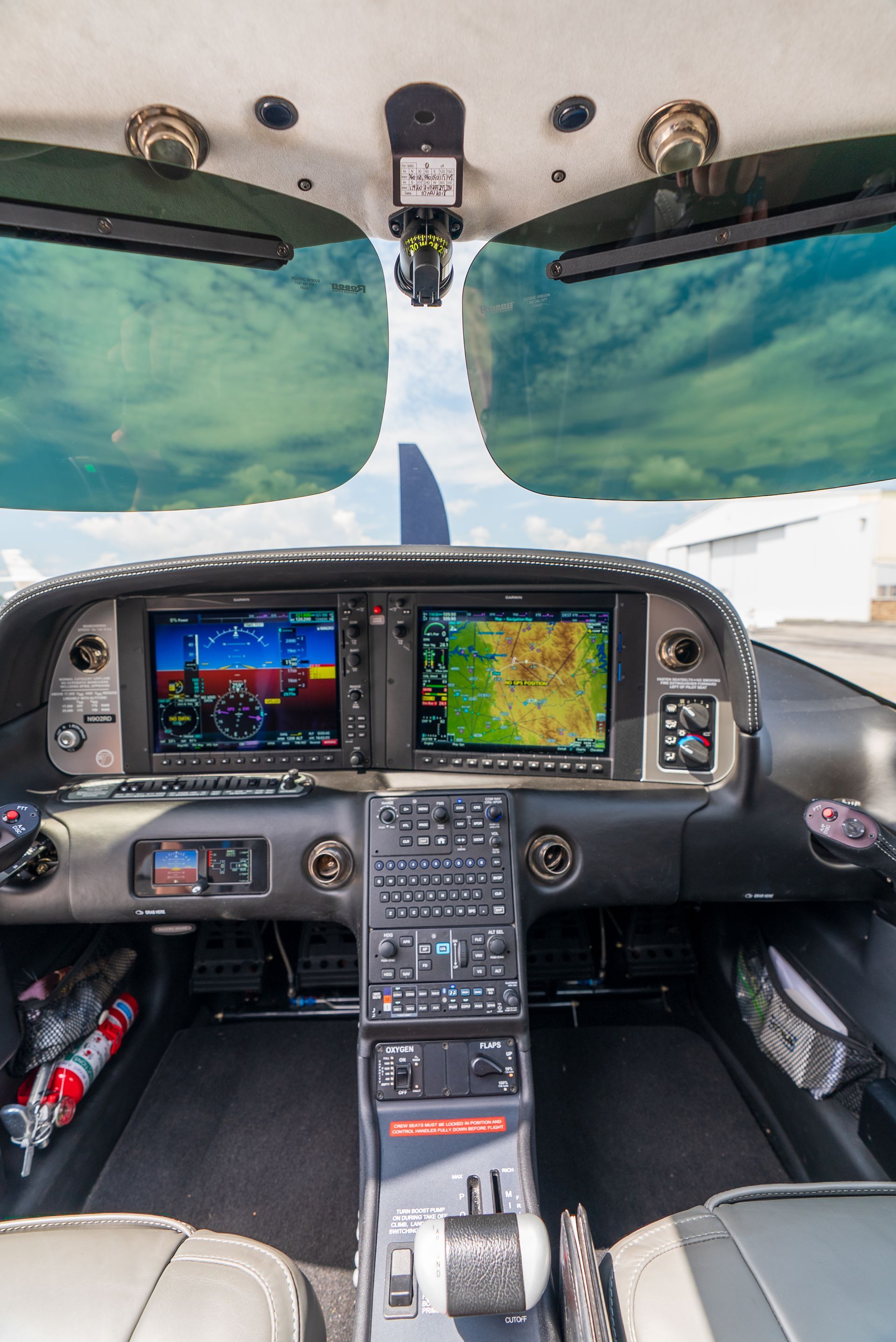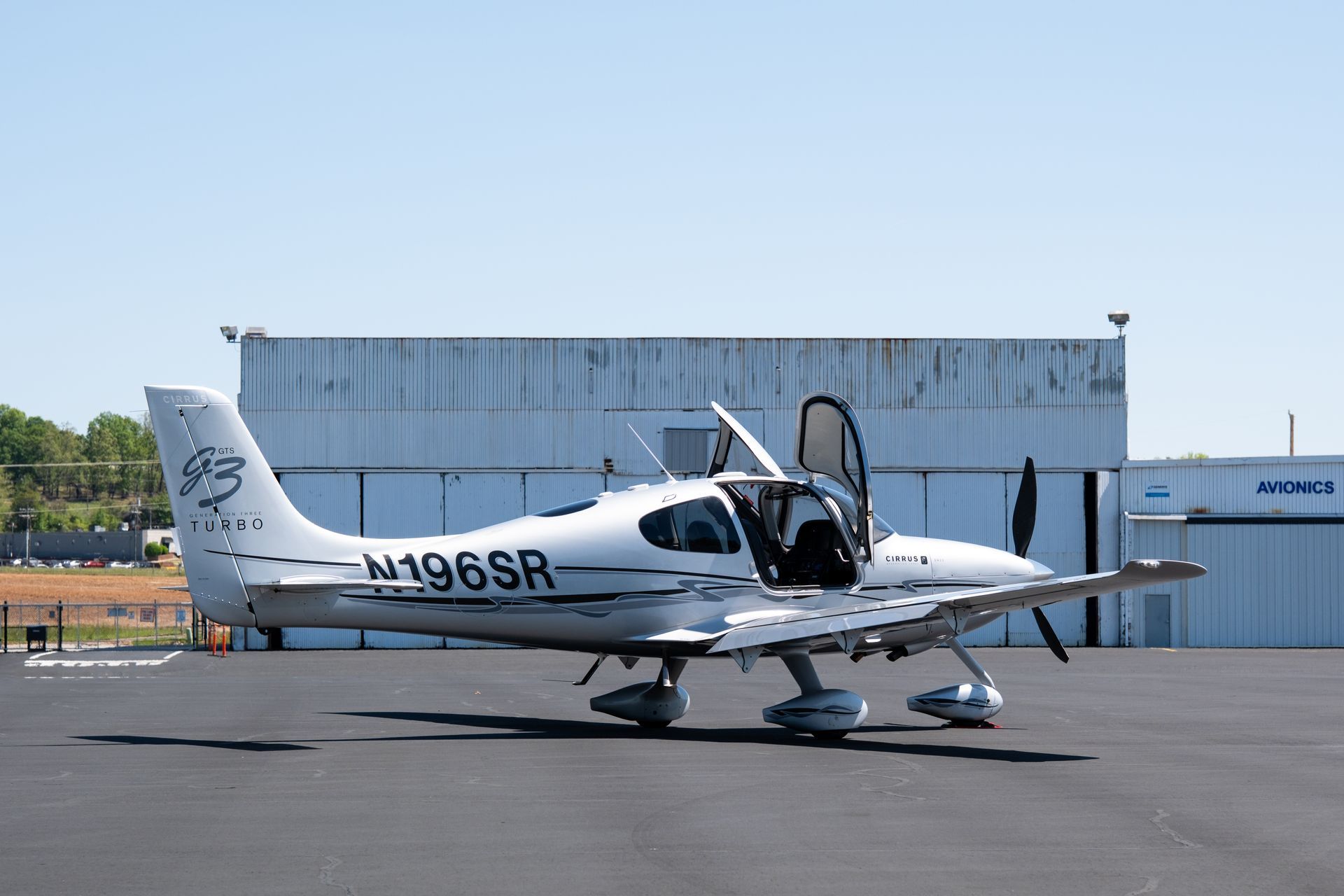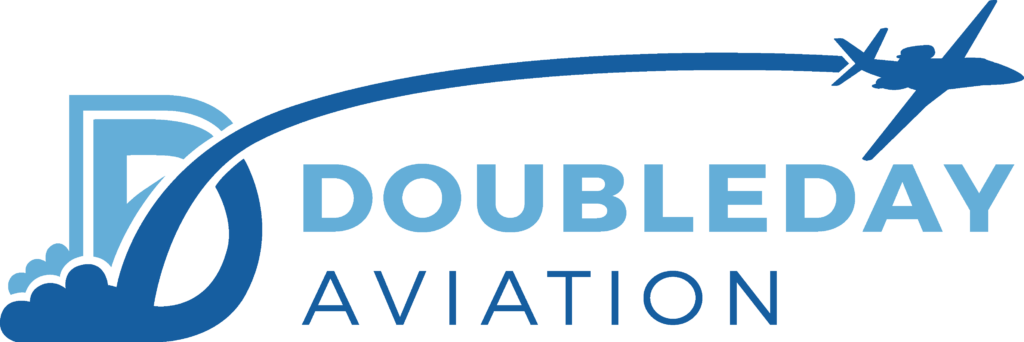Training to Become a Private Pilot
Have you ever gazed up at a sleek aircraft climbing into the sky and thought, “That should be me”? Becoming a pilot isn’t just a dream, it’s an achievable, structured journey. Whether you’re drawn by the freedom of flight, the thrill of take-off and landing, or simply wanting the ability to say you fly yourself, earning your private pilot license is a transformative endeavor.
Taking the First Step: What a Private Pilot License Means
A private pilot license gives you the freedom to fly yourself and passengers for personal or recreational purposes. As DoubleDay puts it, it’s about “inviting you into the pilot’s seat of a modern aircraft, ready to take on the skies.” It’s the difference between watching planes and commanding one, between imagining and actually doing.
Beyond the thrill, earning your PPL brings practical rewards: independence, confidence, and a deeper understanding of navigation, weather, aerodynamics, and safety. Many pilots also use it as a steppingstone toward more advanced certifications or aviation careers.
Ground School: Where Every Pilot Begins
Flight training starts on the ground. Before you ever take off, you’ll complete ground school, where you study the theory that makes safe flight possible. Lessons cover aerodynamics, aviation regulations, weather systems, aircraft operations, and navigation. You’ll learn why a plane flies, how to interpret weather reports, and how to plan cross-country routes, all before you touch the controls.
Many flight schools, including DoubleDay, pair ground training with simulator sessions. This allows students to apply what they learn in a controlled, realistic setting before moving on to real flight time. It’s where your understanding begins to take shape, and your confidence starts to build.
Dual Instruction: Learning to Fly with a Certified Instructor
Once your foundation is solid, you’ll take to the skies alongside an instructor. These early lessons are where you learn the fundamentals: taxiing, takeoffs, landings, and basic maneuvers. You’ll also practice emergency procedures, communications with air traffic control, and navigation between airports.
This phase is both exhilarating and humbling, every control input has an immediate effect, and each flight teaches you something new. As you gain experience, your instructor will begin stepping back, letting you take more control until you’re ready for the milestone every pilot remembers forever: your first solo flight.
The First Solo Flight: A Defining Moment
Few experiences compare to the moment your instructor steps out of the aircraft and you take off alone for the first time. It’s a rite of passage that marks your transition from student to true pilot. You’ll handle takeoff, climb, navigation, and landing entirely on your own, proving that your training and instincts are ready.
To qualify for a PPL, the FAA requires at least 40 flight hours, including a minimum of 20 with an instructor and 10 solo. Many students exceed that as they build experience through cross-country and night flights. At DoubleDay, students gradually work up to longer solo routes along the East Coast, gaining both confidence and skill in varied flying conditions.
Building Experience: Cross-Country and Night Flights
As your solo hours increase, you’ll plan and execute cross-country flights, journeys between multiple airports that test your navigation and decision-making. You’ll learn how to manage fuel, read weather patterns, communicate with air traffic control, and adapt to changing conditions.
Night flying brings another layer of challenge and excitement. The world looks completely different after dark, and learning to trust your instruments and judgment deepens your understanding of flight in new ways. These advanced lessons prepare you for the final phase: the checkride.
The Checkride: Earning Your License
When your instructor agrees you’re ready, you’ll take the FAA checkride, a comprehensive test of your knowledge and skills. It begins with an oral exam covering everything from weather and regulations to aircraft systems, followed by a practical flight test. Passing the checkride is a moment of pride and validation, marking the official start of your life as a licensed private pilot.
At DoubleDay Aviation, the Sky’s Still the Limit
Earning your PPL opens doors. You can rent or own aircraft for personal travel, explore new destinations, or continue training toward more advanced ratings, like instrument, multi-engine, or commercial certifications. Some pilots choose to become instructors, while others simply enjoy the freedom to fly wherever their schedule and curiosity take them. No matter your destination, the PPL is the passport that gets you there.
Ready to take that first step? Interested in learning more? Check out the rest of our content online, then contact us today to get enrolled and start your journey to the skies with DoubleDay in Greenville, SC.
